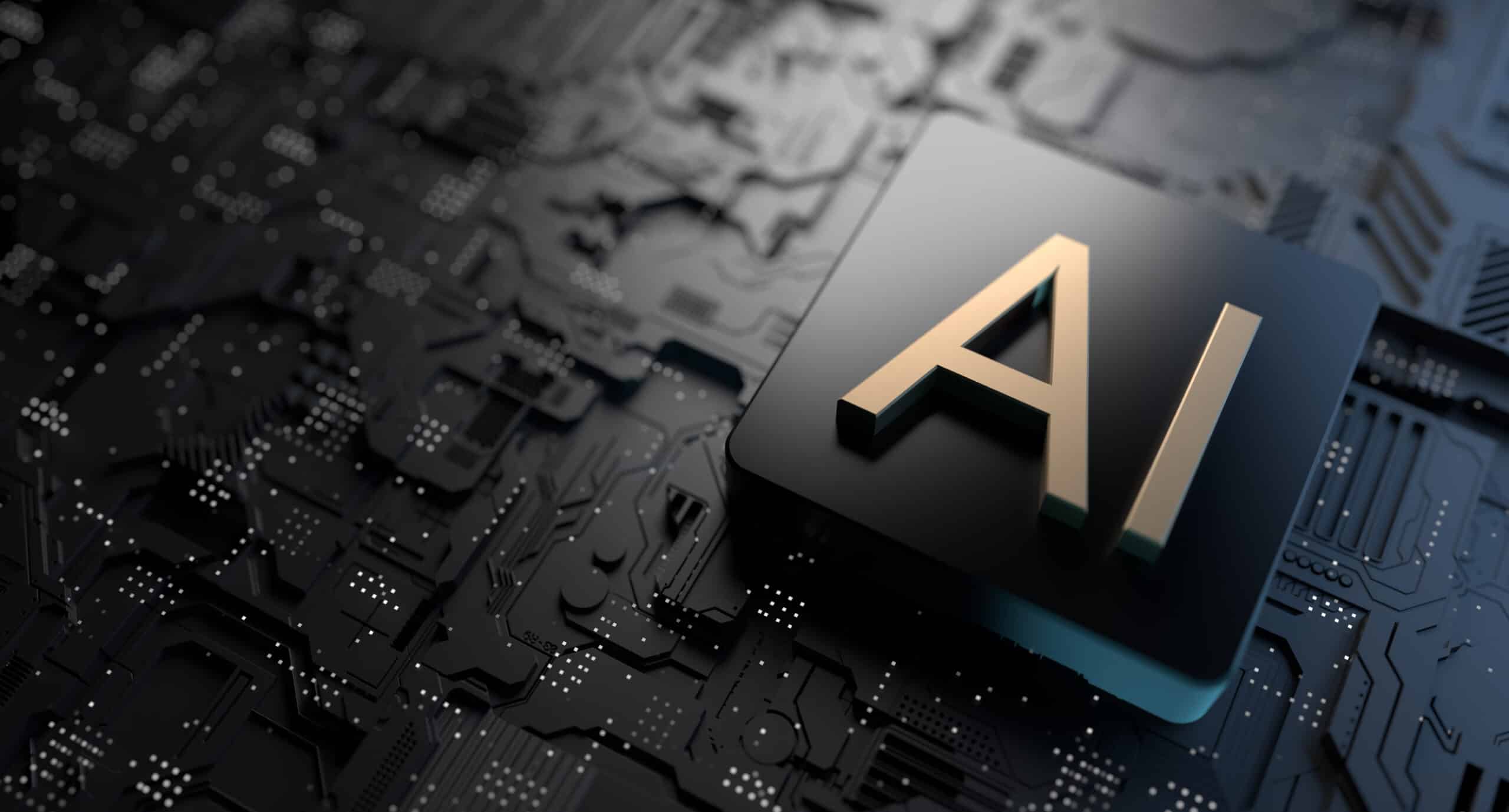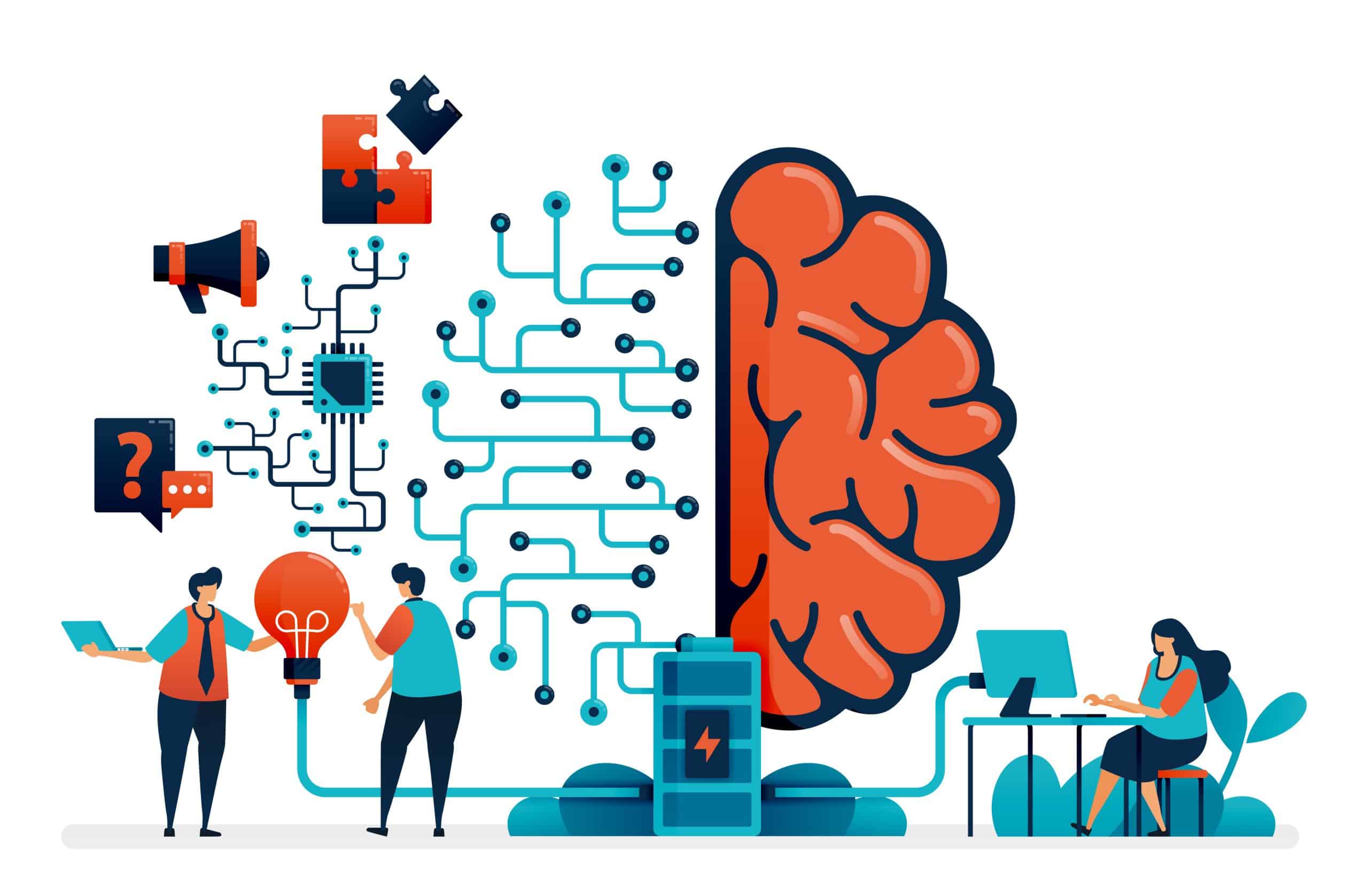- 🚀 Generative AI has seen rapid development, but the industry is facing challenges regarding costs, transparency, and responsible AI practices.
- 💰 While AI has become more powerful, the costs of building and maintaining large language models (LLMs) have skyrocketed, with some models costing hundreds of millions of dollars to train.
- 📈 Investment in generative AI surged eightfold in 2023, reaching $25.2 billion, with major players like OpenAI, Anthropic, Hugging Face, and Inflection raising substantial funding rounds.
- 🕵️ AI developers score low on transparency, especially regarding the disclosure of training data and methodologies, hindering efforts to understand the robustness and safety of AI systems.
- ⚖️ Robust and standardized evaluations for LLM responsibility are lacking, with leading developers testing their models against different benchmarks, complicating efforts to systematically compare risks and limitations.
- ⚠️ AI regulations in the United States have sharply increased, with 25 AI-related regulations in 2023, up from just one in 2016, as concerns over responsible AI practices grow.
- 📚 Intellectual property and copyright violations are emerging as a central legal question, as generative AI outputs may contain copyrighted material from various sources.
After a year of breakneck progress, the generative AI industry stands at a crossroads. While the technology has delivered unprecedented capabilities, it faces significant hurdles that could hinder its full potential. In this blog post, we delve into the triumphs, challenges, and the road ahead for this revolutionary field.
The AI Revolution Accelerates
There’s no denying that generative AI has taken the world by storm. Large language models (LLMs) have achieved remarkable feats, surpassing human performance on various benchmarks, including image classification, visual reasoning, and English understanding. The rapid pace of development has been nothing short of astounding.
One of the most significant milestones was the release of Gemini Ultra, the first LLM to reach human-level performance on the Massive Multitask Language Understanding (MMLU) benchmark. This achievement underscores the immense progress made in just a year, with performance on the benchmark improving by a staggering 15 percentage points.
The Rising Costs of AI Supremacy
However, this remarkable progress comes at a steep price. Literally. The computational resources required to train cutting-edge LLMs have skyrocketed, with some models costing hundreds of millions of dollars. For instance, OpenAI’s GPT-4 reportedly utilized an estimated $78 million worth of compute power during training, while Google’s Gemini Ultra cost a staggering $191 million.
As the industry races to develop more powerful and capable models, the financial burden continues to escalate. This raises concerns about the sustainability and accessibility of these technologies, particularly for smaller players and research institutions with limited resources.
The Generative AI Investment Boom
Despite the soaring costs, the generative AI sector has witnessed an unprecedented investment boom. Funding for generative AI surged by a staggering eight-fold in 2023, reaching a whopping $25.2 billion. Major players like OpenAI, Anthropic, Hugging Face, and Inflection have raised substantial funding rounds, fueling their research and development efforts.
This influx of capital is a testament to the immense potential and promise of generative AI. However, it also highlights the growing concentration of resources and power in the hands of a few tech giants, raising concerns about monopolistic practices and the need for a more diverse and competitive ecosystem.
The Transparency Conundrum
While the capabilities of LLMs continue to impress, the industry faces a significant transparency challenge. AI developers have consistently scored low on transparency, particularly when it comes to disclosing training data and methodologies. This lack of openness hinders efforts to understand the robustness and safety of these systems, raising concerns about potential biases, ethical implications, and unintended consequences.
Transparency is crucial for fostering trust, enabling scrutiny, and facilitating collaboration within the AI community. Without it, the path towards responsible and ethical AI development becomes increasingly challenging.
The Responsible AI Puzzle
Speaking of responsible AI, the industry is grappling with a significant lack of robust and standardized evaluations for LLM responsibility. Leading developers, including OpenAI, Google, and Anthropic, primarily test their models against different benchmarks, complicating efforts to systematically compare the risks and limitations of these powerful systems.
This lack of standardization hinders the development of universally accepted best practices and guidelines for responsible AI deployment. It also raises concerns about the potential for misuse, unintended harm, and the need for effective governance and oversight mechanisms.
The Regulatory Landscape Shifts
Amidst these challenges, the regulatory landscape surrounding AI is rapidly evolving. In the United States alone, the number of AI-related regulations has skyrocketed, with 25 new regulations introduced in 2023, up from just one in 2016. Agencies like the Department of Transportation, Department of Energy, and the Occupational Safety and Health Administration have all issued AI-related guidelines and directives.
While regulation is essential to ensure the safe and ethical development of AI, the rapid pace of change poses challenges for policymakers and industry players alike. Striking the right balance between fostering innovation and mitigating risks is a delicate dance that requires ongoing collaboration and dialogue.
The Copyright Conundrum
Finally, the issue of intellectual property and copyright violations has emerged as a central legal question in the generative AI realm. Researchers have demonstrated that the outputs of popular LLMs may contain copyrighted material, such as excerpts from news articles or scenes from movies.
As these models synthesize information from a vast array of sources, determining the boundaries of fair use and potential copyright infringement becomes increasingly complex. This legal quagmire has significant implications for the commercial applications of generative AI and could potentially stifle innovation if left unresolved.
In conclusion, the generative AI industry finds itself at a pivotal juncture. While the pace of progress has been exhilarating, the challenges of soaring costs, transparency concerns, responsible AI practices, regulatory uncertainty, and intellectual property issues loom large. Navigating these hurdles will require collaboration, ethical commitment, and a willingness to embrace transparency and accountability from all stakeholders.
As we stand on the precipice of an AI-driven future, it is imperative that we approach this transformative technology with caution, wisdom, and a steadfast commitment to ensuring its responsible development and deployment. Only then can we truly harness the full potential of generative AI while safeguarding against its potential pitfalls.







